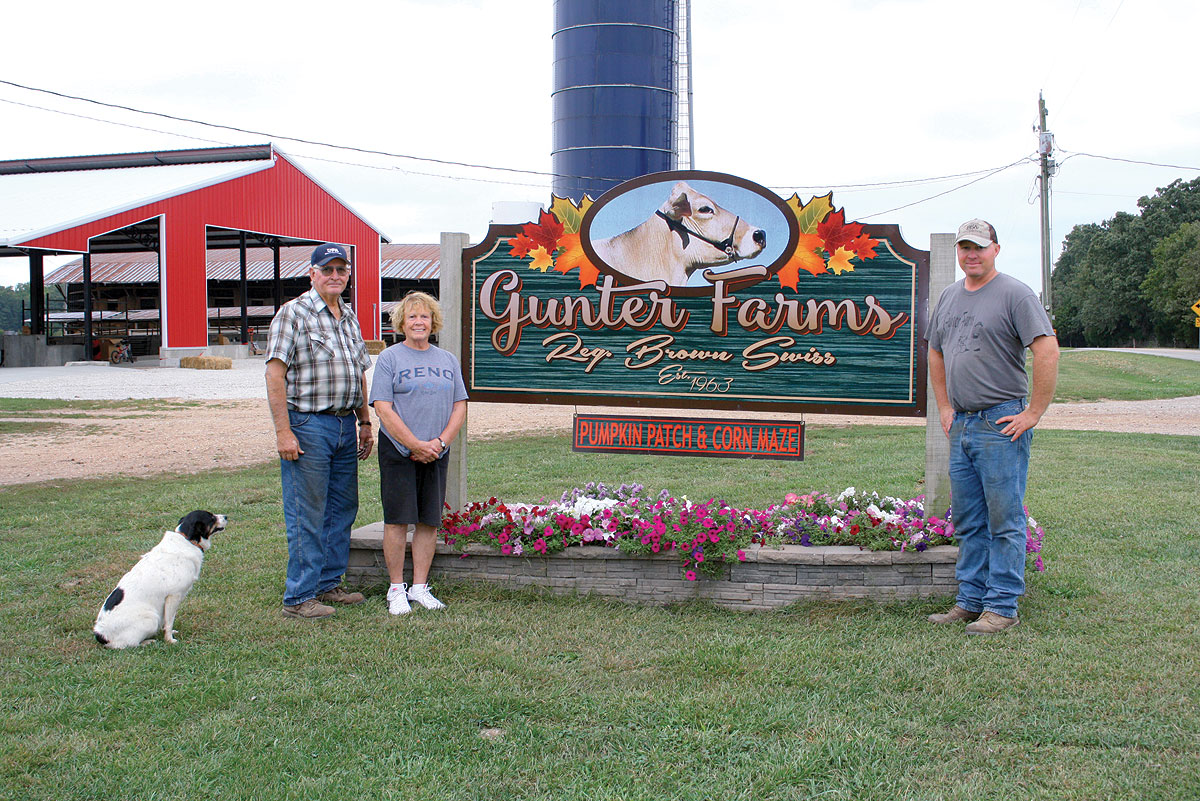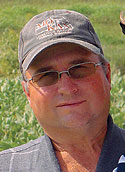
As the former owner of three different area Laclede County motels and now running Graven Chrysler-Dodge in Lebanon, Mo., for the past four years, Terry Graven has always been a businessman at heart. He smiled when asked why he also has a cattle operation. “There’s always been cows,” he answered. “First, with my grandfather and then my dad. My dad had registered Limousin and that’s where I learned to love the breed and now I work primarily with Lim-Flex, a cross between Angus and Limousin. They have great maternal instincts, docility, growth and muscle development.
“Raising registered Lim-Flex is such a pleasure because you know the EPDs and you can match the genetics back to a particular cow to get the best animals you can raise, and that’s what it’s all about, knowing the production of your cattle. We submit the bloodlines and the birth weights which gives us the EPDs to strive for. We record birth weights, weaning weights and yearling weights. I really don’t see any disadvantages to working with a registered breed like this.”
Terry and Brian Dampier, his farm manager for the past 10 years, currently care for 37 cows on his 120-acre farm where Terry and his wife, Nancy live just outside of Lebanon.
He is particularly proud of Brickyard, the farm’s 4-year-old bull that was National Grand Champion in 2011 at NWSS, the North West Grand National Stock Show in Denver. “He was born here and we raised him until he was 6 months old and then we sent him to Oklahoma for his show career. Now we use him as our herd bull. We used to show more cattle and we’ve gotten out of that for the last couple of years but it’s something I’m planning to go back to soon.
“I like a spring calving season,” he continued. “We do artificial insemination and embryo transfers. We flush the donor cows at seven days to retrieve the embryos. We then put them in recipient cows that are seven days past their standing heat cycle. All the cows are on the same cycle and this gives us a 60 to 70 percent conception rate. We even use some good commercial cows as recipient cows that have been good mommas for us in the past.” He added with a shrug and a smile, “I’ve done better and I’ve done worse.”
We are after that low-birth weight, which makes it easier on everyone, the cows and us. The big advantage in all of this is knowing your progeny. It makes a difference in your herd’s growth and with the current market prices for cattle that’s even more important. Your market weights definitely make up for any extra effort involved.
“We wean at 180 to 205 days and when it comes to culling the herd, we do that hard every year. We sell most of our stock through production sales but we also sell a few to other individual breeders for show.
“We’re down on numbers at the moment,” Terry concluded. “I’d like to get our herd back up to about 80. We’re in the process of re-building a younger herd, working on the next generation to raise great cattle because we want to continue to raise good-quality, functional cattle.”







